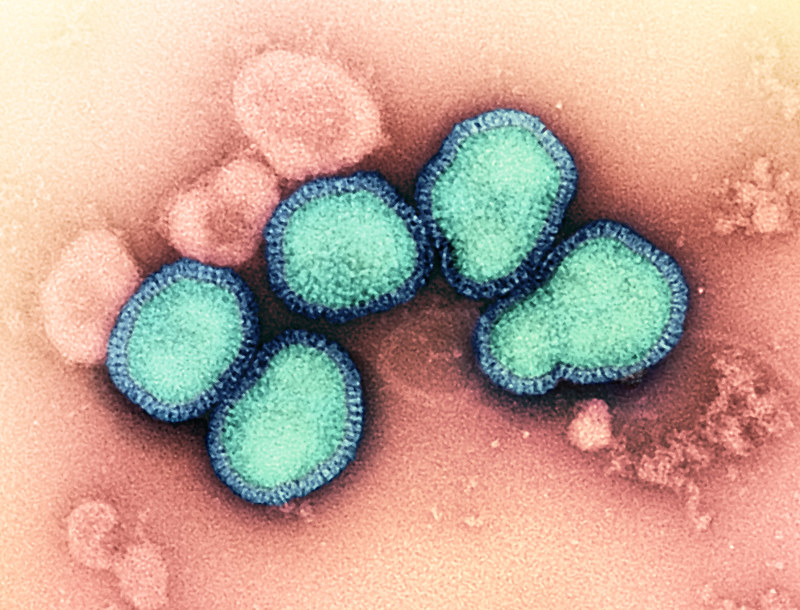A recent study reveals that the bird flu virus, currently affecting dairy farms across multiple states, has undergone numerous mutations, potentially enhancing its ability to spread between species and reducing its susceptibility to antiviral drugs.
While individual mutations may not be alarming on their own, experts warn of the possibility of the virus evolving in ways that facilitate human-to-human transmission as the outbreak persists.
According to Richard Webby, an influenza expert at St. Jude Children’s Research Hospital, flu viruses are known to mutate frequently, and if certain mutations become more prevalent, the risk of transmission could escalate.
The H5N1 virus, responsible for the outbreak, has infected cows in at least 36 herds across nine states. The study, which has not yet undergone peer review, sheds light on a Department of Agriculture investigation that was previously opaque, frustrating experts outside the government.
The outbreak likely began around four months before its confirmation in late March, spreading undetected among cows without visible symptoms. The virus has been detected in herds with no apparent links to affected farms, suggesting silent transmission and the existence of unidentified infected herds.
The study’s findings underscore the urgent need for large-scale surveillance on both affected and unaffected farms to track the virus’s spread and potential impact on humans.
The virus’s transmission from wild birds to cattle was facilitated by mutations acquired in late 2023. Since then, H5N1 has spread across dairy farms from Texas to Kansas, Michigan, and New Mexico, as well as to other species, including poultry, domestic cats, and a raccoon.
Researchers emphasize the importance of monitoring genetic sequences for mutations that could increase the virus’s risk to humans. While there have been sporadic human infections with bird flu strains over the years, the possibility of a pandemic remains a concern, highlighting the need for continued vigilance and research.















































